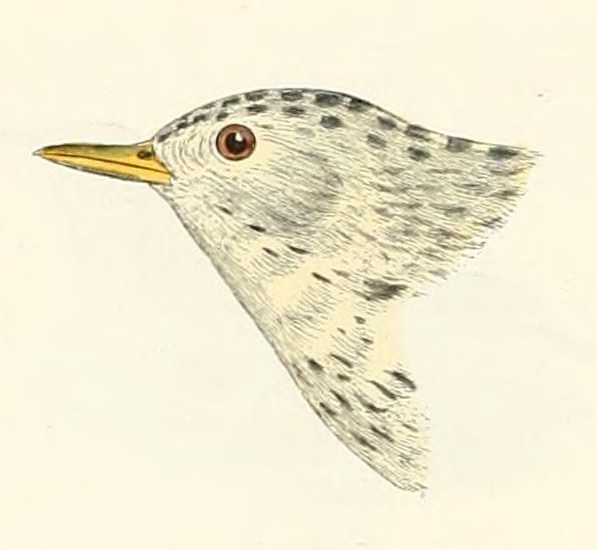Facts About Sprague's pipit
Sprague's pipit is a captivating small songbird native to North America, thriving in short- and mixed-grass prairies. During the summer, they inhabit the grasslands of the north-central United States and Canada. In winter, they migrate to the southwestern U.S. and northern Mexico to escape the cold.
One of the most enchanting aspects of Sprague's pipit is its unique song. Males perform a distinctive descending tune while soaring high in the sky, a spectacle that is truly remarkable. Both males and females have similar appearances, featuring cryptic coloration that helps them blend into their surroundings, slender bills, and legs that range from pinkish to yellow.
Sprague's pipits have a fairly specific range. In Canada, they breed in regions of Alberta, Saskatchewan, and Manitoba. In the U.S., they are typically found in Montana, North Dakota, South Dakota, and Minnesota.
During winter, these birds migrate south to the southwestern U.S. and northern Mexico, though they might occasionally be spotted in unexpected locations like Connecticut. Unfortunately, Sprague's pipits are classified as "threatened" in both Canada and the U.S. due to habitat loss and other threats.
These birds prefer habitats with minimal human disturbance, where they can construct their ground nests using standing dead vegetation. Their breeding season runs from late April to August, and they typically lay about four to six eggs. Sprague's pipits primarily consume insects, especially during the breeding season, but they will also eat seeds.
If you ever find yourself in their habitat, take a moment to look and listen for these remarkable birds. Their sky-high songs and subtle beauty are truly a treat for any birdwatcher.

 Mexico
Mexico